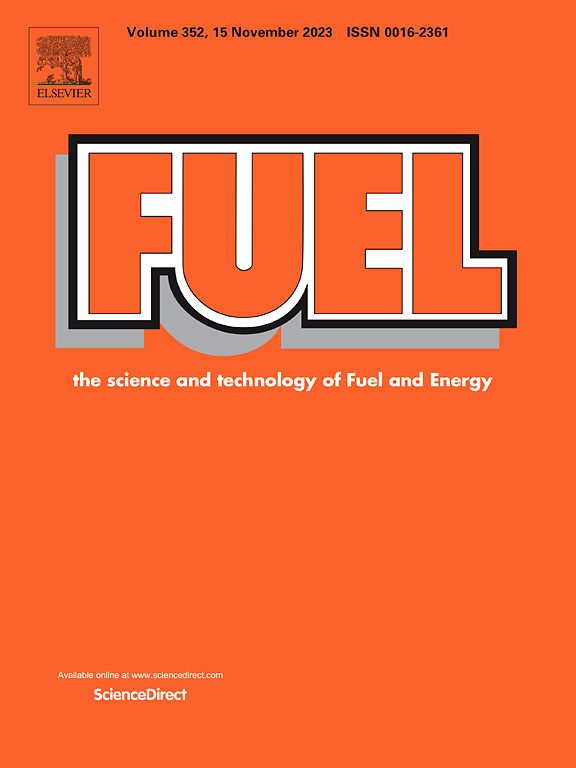Modelling nanoparticle deposition rate in iron particle combustion
IF 6.7
1区 工程技术
Q2 ENERGY & FUELS
引用次数: 0
Abstract
Iron powders attract increased interest as energy carrier as they can provide high temperature heat during combustion. The combustion products can be recycled using renewable energy leading to a carbon free and fully closed energy cycle. However, nanoparticles are formed as by-products. They are difficult to remove from the exhaust gases, and the slip of iron nanoparticles reduces cycle efficiency and compromises sustainability. Nanoparticle slip is reduced by their deposition onto the fuel microparticles that act as a spherical collector, but the fraction of the nanoparticles that do not escape due to deposition is totally unknown. In this study, Lagrangian and Eulerian simulations are performed to evaluate the deposition of nanoparticles onto microparticles due to inertial impaction and diffusion. The simulation results are validated with analytical solutions from the literature. Then, the effects of a positive and a negative Stefan flow occurring at the microparticle’s surface during combustion are investigated. A model for the collection efficiency in the diffusion-dominated regime and in the presence of positive or a negative Stefan flows is proposed. This collection efficiency model can then be used to augment the classic kernel of Smoluchowski such that its validity is extended to flow conditions prevalent in iron combustion.
模拟纳米颗粒在铁颗粒燃烧中的沉积速率
铁粉作为一种能量载体,在燃烧过程中可以提供高温热量,因此受到越来越多的关注。燃烧产物可以利用可再生能源回收,从而实现无碳和全封闭的能源循环。然而,纳米颗粒是作为副产品形成的。它们很难从废气中去除,而且铁纳米颗粒的滑动降低了循环效率,损害了可持续性。纳米颗粒通过沉积在充当球形收集器的燃料微粒上而减少了滑移,但是由于沉积而不逃逸的纳米颗粒的比例是完全未知的。在这项研究中,拉格朗日和欧拉模拟进行了评估沉积纳米粒子在微粒子由于惯性冲击和扩散。用文献中的解析解对仿真结果进行了验证。然后,研究了燃烧过程中微粒表面出现的正、负斯特凡流的影响。提出了在扩散主导状态下和正或负斯特芬流存在下的收集效率模型。然后,该收集效率模型可用于扩展斯摩鲁霍夫斯基经典核,使其有效性扩展到铁燃烧中普遍存在的流动条件。
本文章由计算机程序翻译,如有差异,请以英文原文为准。
求助全文
约1分钟内获得全文
求助全文
来源期刊

Fuel
工程技术-工程:化工
CiteScore
12.80
自引率
20.30%
发文量
3506
审稿时长
64 days
期刊介绍:
The exploration of energy sources remains a critical matter of study. For the past nine decades, fuel has consistently held the forefront in primary research efforts within the field of energy science. This area of investigation encompasses a wide range of subjects, with a particular emphasis on emerging concerns like environmental factors and pollution.
 求助内容:
求助内容: 应助结果提醒方式:
应助结果提醒方式:


